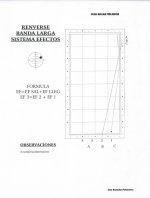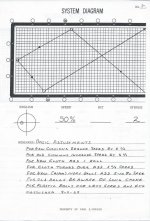on page 88 is a formula that i cant translate
its a spanish diagram but for a knowledgeable 3c player im sure you understand whats trying to be said
heres the link
go to page 88
http://www.billarjuvenil.com.ar/bil...se_bonacho_palomares/j_b_palomares_sistem.pdf
its a spanish diagram but for a knowledgeable 3c player im sure you understand whats trying to be said
heres the link
go to page 88
http://www.billarjuvenil.com.ar/bil...se_bonacho_palomares/j_b_palomares_sistem.pdf

